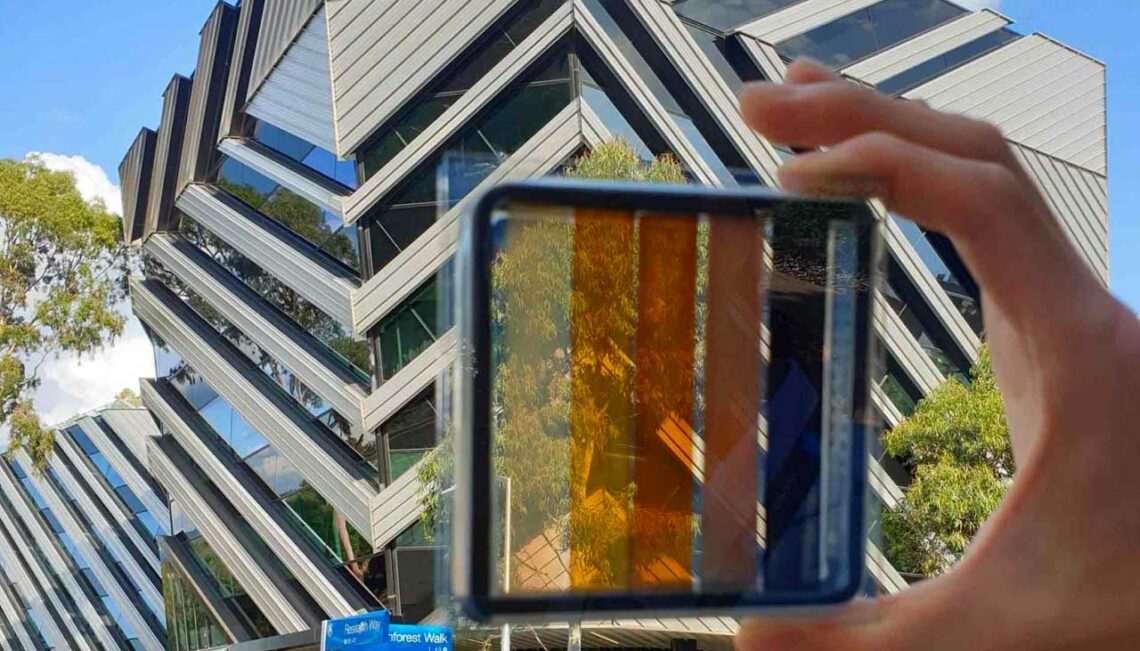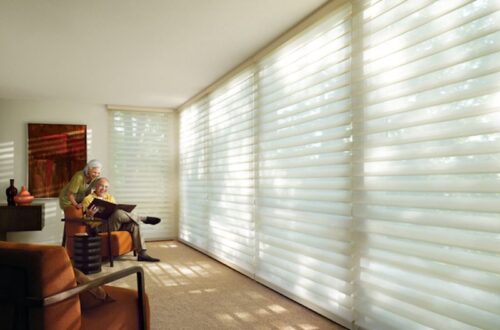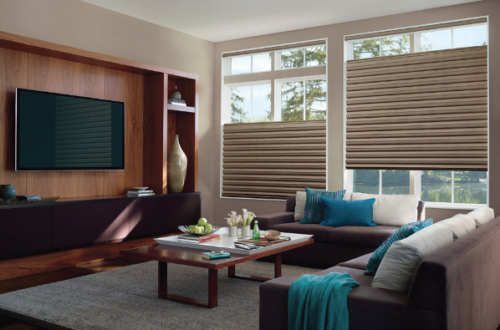Solar windows, which incorporate photovoltaic technology directly into window glass, allow buildings to harness sunlight as a renewable energy source without sacrificing natural lighting or aesthetics. This innovation is ideal for urban environments, high-rise buildings, and residential homes seeking sustainability without compromising design. In this article, we’ll explore the technology behind solar windows, the benefits of integrating solar panels into windows, and how they compare with other window types in terms of efficiency and functionality.
1. How Solar Panels in Windows Work
The concept behind the implementation of solar panels in windows is based on transparent solar panels, which allow visible light to pass through while capturing specific light wavelengths (like ultraviolet and infrared) for energy generation. This technology transforms standard windows into energy-generating surfaces, contributing to a building’s electricity supply.
These windows use transparent photovoltaic cells or specially treated glass coatings to harness sunlight, allowing buildings to produce energy directly from window surfaces while preserving visibility and natural lighting.

2. Benefits of Energy-Generating Windows
The advantages of energy-generating windows go beyond renewable energy production. Solar windows provide natural light, reduce energy costs, and support a sustainable building design. Unlike traditional rooftop solar panels, which require dedicated space, solar windows maximize vertical space, making them ideal for buildings in urban areas where roof space may be limited.
Key Benefits:
- Energy Efficiency: Solar windows generate electricity while reducing energy reliance from the grid.
- Space Optimization: Windows double as solar panels, saving valuable roof space.
- Aesthetic Integration: Transparent solar panels maintain the visual appeal of buildings, supporting architectural flexibility.
3. Solar Glass and Building Design
The use of solar glass allows architects and designers to incorporate renewable energy seamlessly into building design. Solar windows provide an excellent solution for skyscrapers, office buildings, and homes, blending aesthetics with functionality. This integration of energy-generating technology into the building’s structure aligns with modern sustainability goals and offers a future-proof solution for urban development.

4. Types of Solar-Enhanced Windows
There are several approaches to integrating solar technology into windows, including fully transparent solar panels, semi-transparent photovoltaic cells, and window-mounted solar panels. Each type offers unique benefits and limitations, making them suitable for different applications based on energy goals, aesthetics, and budget.
Comparison Table: Window Types with Solar Integration
| Window Type | Energy Generation | Transparency | Ideal Use |
|---|---|---|---|
| Transparent Solar Windows | Moderate | High | Urban buildings and high-rise offices |
| Semi-Transparent Solar Windows | High | Moderate | Buildings balancing energy and light |
| Window-Mounted Solar Panels | High | Low | Retrofits for existing buildings |
| Traditional Glass Windows | None | High | Standard residential and commercial use |
Choosing the Right Solar Window Option:
- Transparent Solar Windows: Suitable for structures prioritizing natural light and aesthetics while generating energy.
- Semi-Transparent Solar Windows: Offers greater energy generation for buildings where some light reduction is acceptable.
- Window-Mounted Solar Panels: Practical for retrofitting buildings without full window replacement.
- Traditional Glass Windows: For structures where no solar integration is needed.
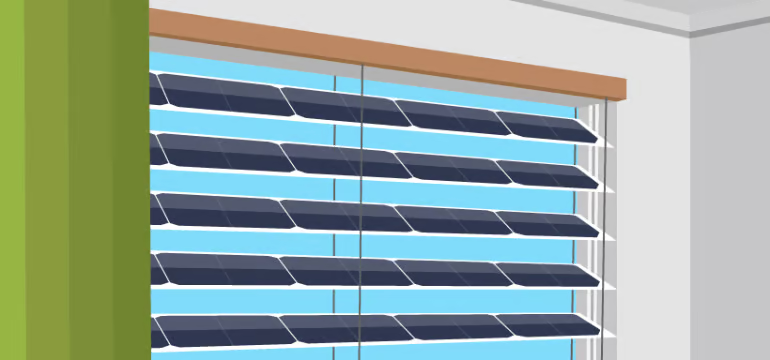
5. Improving Building Sustainability with Solar Windows
Solar windows play a significant role in enhancing building sustainability. By generating renewable energy, they reduce dependency on fossil fuels, lower energy bills, and contribute to reducing the carbon footprint. For urban planners and architects aiming to design sustainable buildings, solar windows offer a solution that aligns with environmental goals and supports the energy grid.
6. Smart Solar Glass Technology
The latest smart solar glass technology includes features such as adjustable tinting and glare reduction. This allows for better temperature control, as the glass can be tinted during peak sunlight hours to reduce cooling needs, thereby further enhancing energy efficiency. Combining solar energy generation with smart glass functionality enables buildings to regulate indoor temperature naturally, which decreases HVAC loads and leads to additional savings.
7. Applications of Solar Window Technology in Urban Areas
Urban environments face the challenge of limited space, making rooftop solar panels impractical for many buildings. Solar windows solve this problem by converting window surfaces into energy-generating areas, maximizing the energy potential of high-rise buildings. From commercial office buildings to residential towers, solar windows can transform skyscrapers into sustainable power sources without altering their visual appearance.
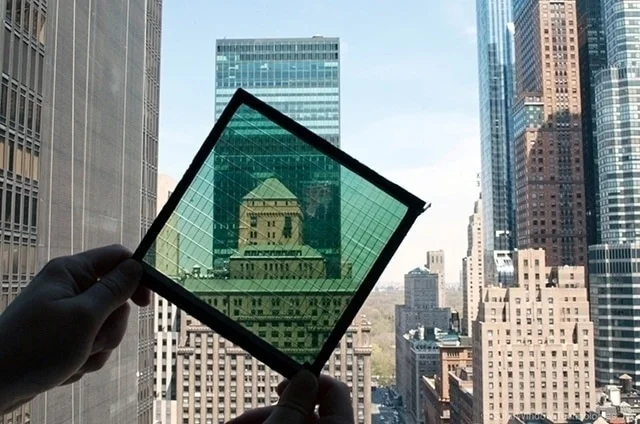
Conclusion
The implementation of solar panels in windows represents an innovative leap toward sustainable, energy-efficient building designs. By generating electricity through transparent and semi-transparent photovoltaic technology, solar windows are an ideal solution for urban and high-rise environments. With benefits such as energy savings, natural light, and enhanced aesthetics, solar windows are a promising addition to the future of green building design, allowing structures to serve as their own energy sources without sacrificing architectural integrity.

